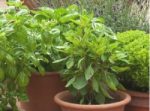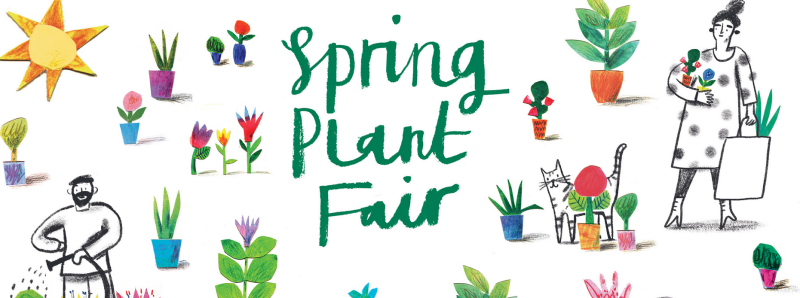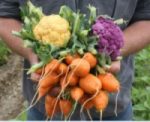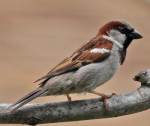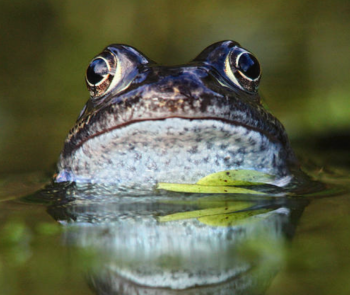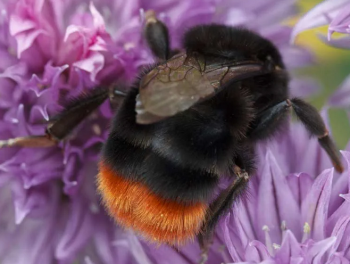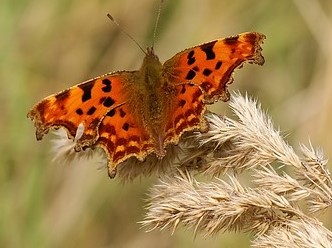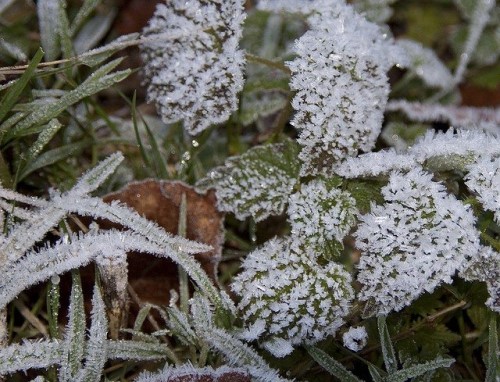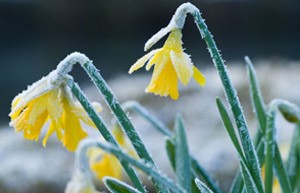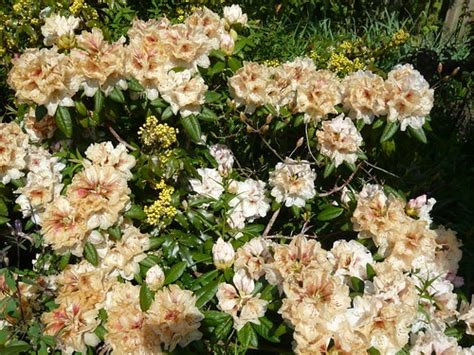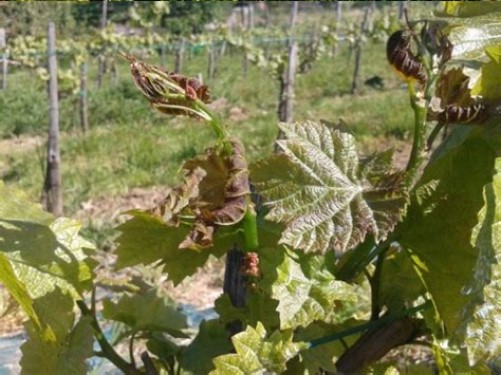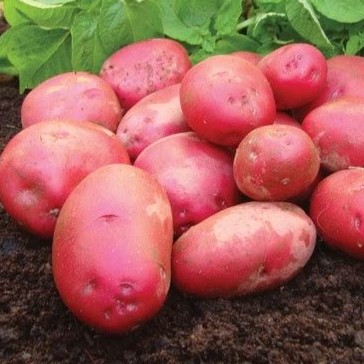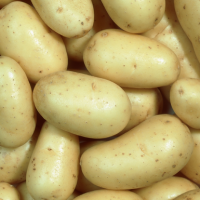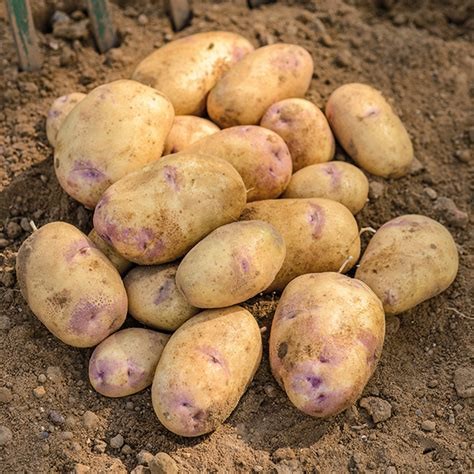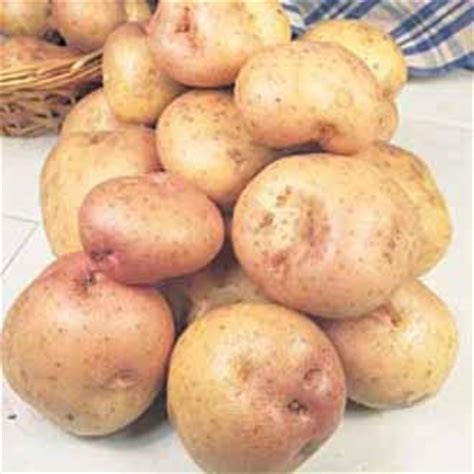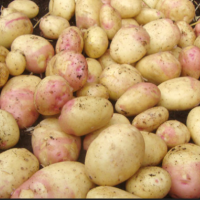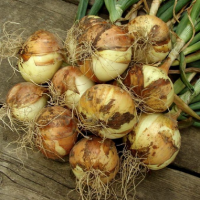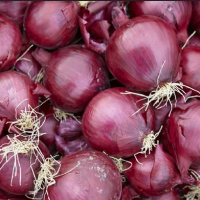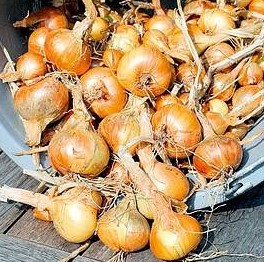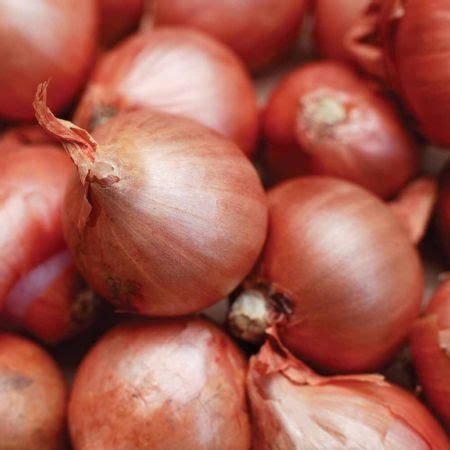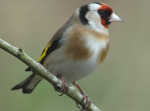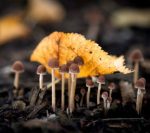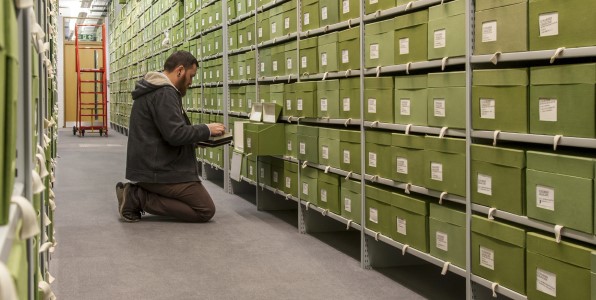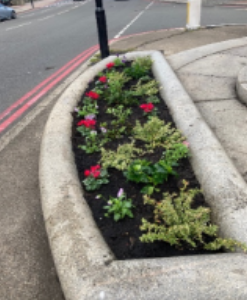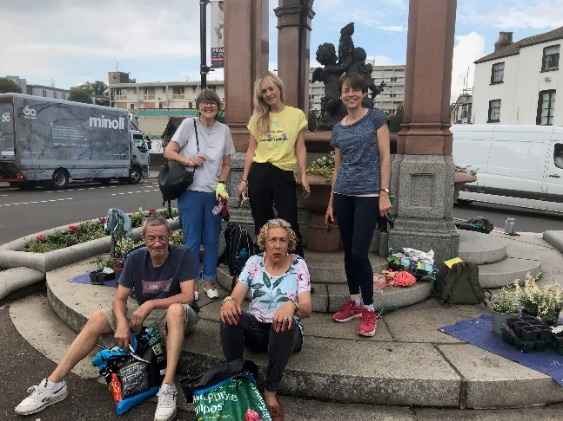Frost information can be confusing. Weather forecasters may predict either a light frost or hard frost in our area. So, what is the difference and how are plants affected by hard frost versus light ones?
If Light Frost is forecast this usually means that the air will become frosty, but the soil temperature just below the surface should remain above freezing. In a Hard Frost both the air and the ground freeze. A strong wind can make a frost more damaging.
A Light Frost can affect leaves and growing shoots, including fruit blossom, but many plants will survive. A Hard Frost will affect most growing shoots and some plant stems. This can quite easily result in plant death. Many plants will benefit from protection, particularly with a light frost. A good layer of mulch or leaf mould will help plants under the ground, but single plastic sheeting and fleece are not always effective with temperatures as low as they were this winter.
The level of damage may depend on the time of year. Once shrubs and perennials break dormancy, they begin producing new growth and flower buds for the current season. Some plants can shrug off a frost with little noticeable damage, but in many cases the new foliage and buds will be seriously damaged or even killed by a Hard Frost which comes later in the year.

